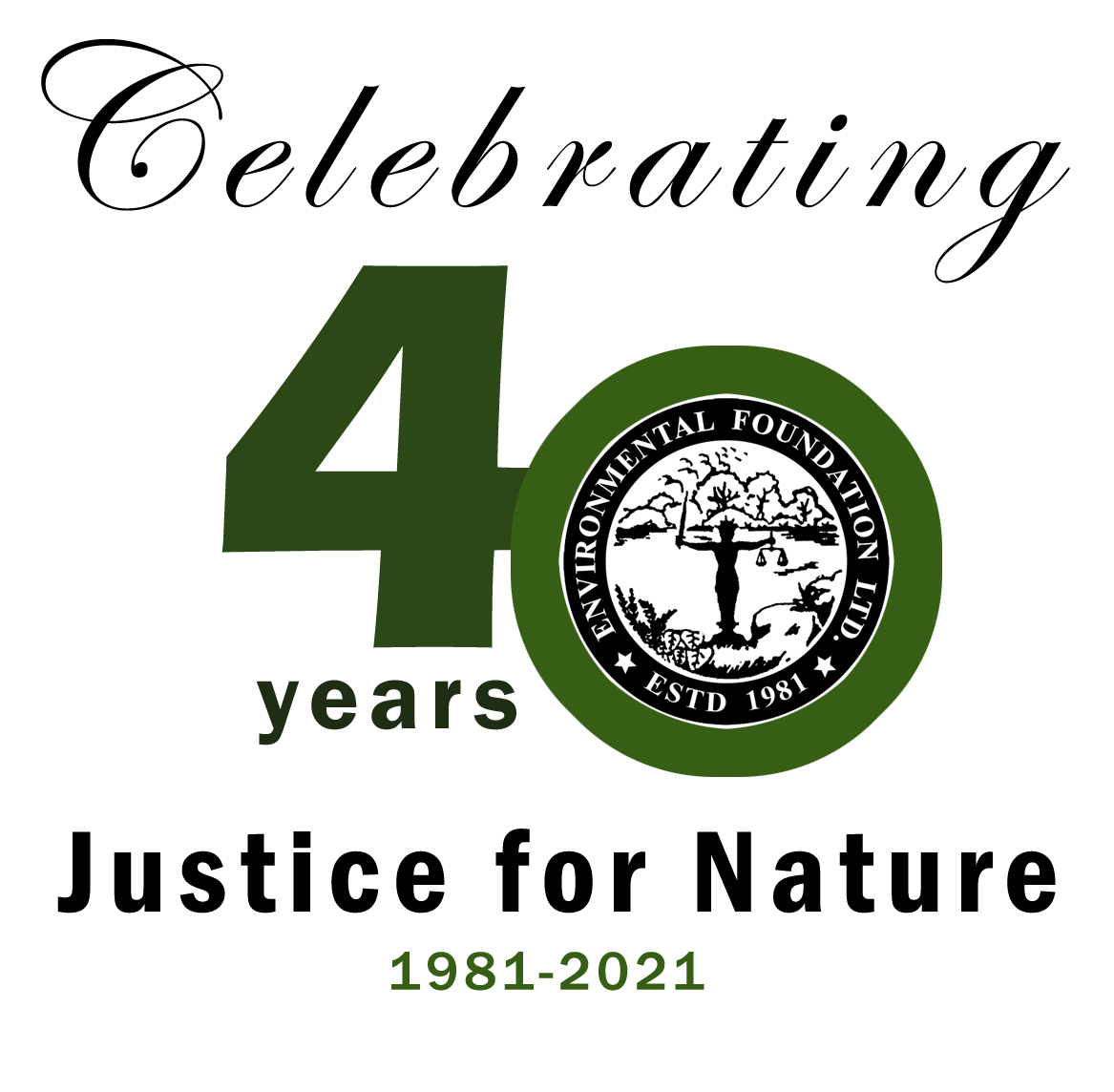Across the world, rainforests are sanctuaries of Biodiversity. From Orangutans in the Bornean Rainforest to Jaguars and Anacondas in the Amazon, to Red Slender Lorises and Green Pit Vipers in our very own Sinharaja. This high level of species richness as well as the high level of genetic diversity within these populations means that rainforests are a cornerstone of global conservation efforts. In fact, it is reported that more than half of the world’s plant an animal species live within rainforests. These ecosystems also boast some of the highest levels of net primary productivity, this is the amount of solar energy converted into biomass by plants which is available to primary consumers. This goes to show that they are vital in both storing carbon through photosynthesis as well as in sustaining food chains and populations of many species.
In Sri Lanka, The Sinharaja Rainforest reserve is considered to be one of the last few patches of undisturbed tropical rainforest on the island, and has subsequently been designated a UNESCO World Heritage Site. This makes Sinharaja forest important both in terms of ecological and economic value, as well as in cultural significance.
60% of flora in the forest reserve is endemic to the island (UNESCO), this includes plants such as Championa reticulata, Schumacheria anguistolia and Exacum trinervium, commonly known as Binara. (6th National Report) Many of these endemic plant species possess medicinal properties, making the forest reserve extremely important to the advancement of both traditional and modern medicines.
Additionally, The Sinharaja Rainforest is also home to several species of Lichens; some of which have been discovered only recently and are therefore new to Sri Lanka, this includes species such as Astrothelium conjugatum, Porina monisillidiata, and megulatremis cylindrica (Weerakoon and Aptroot). Lichens aide in both decomposition and nitrogen fixation as part of the Nitrogen Cycle, and are therefore important parts of the ecosystem. Moreover, lichens are known to be extremely sensitive to atmospheric conditions and are therefore highly vulnerable to pollution.
Furthermore, several endemic and sometimes novel species of reptiles, amphibians, mammals, crustaceans, and insects have also been found to inhabit the historical forest reserve.
Rainforests are self-sustaining systems, with trees that grow recycling nutrients from decomposing materials on the forest floor. Therefore, the encroachment of forests and the felling of trees carry the risk of upsetting this system and therefore causing its potential collapse.
The loss of rainforests also means the loss of the vast variety of ecosystem services provided by them. This would mean the loss of provisioning services such as the provision of medicinal plants, regulating services such as carbon sequestration; the loss of which can exacerbate climate change greatly, cultural services; as many forests including the Sinharaja rainforest have important cultural and aesthetic significance, and supporting services such as the regulation of the water cycle; the loss of which can lead to desertification and crop failure. Losing these ecosystem services would be a threat to food security and could cause a rise in extreme weather events and natural disasters.
In Sri Lanka, as with many other rainforests such as the Amazon, the forest is also home to indigenous people. The Veddahs of Sri Lanka have coevolved with the rainforest ecosystem for thousands of years as hunter-gatherers, and have a very close and intertwined relationship with forest ecology. Destruction of the rainforest for shortsighted economic benefit would not only harm biodiversity, but would pose a threat to the livelihoods and cultures of these communities who are the original custodians of the forests.
The plethora of services offered by rainforests is a key reason why protecting them is of the utmost importance; and it is also why the theme for this year’s World Rainforest Day is “Forest Restoration; Path to Recovery”. Since the industrial revolution, humans have been cutting down massive swathes of forest for both economic activities and in order to feed an ever-growing population. By focusing on reforestation efforts, the current destructive trajectory of human civilization can be shifted, and we can move towards healing our relationship with nature, thereby averting a climate disaster.
Sources:
UNESCO World Heritage. “Sinharaja Forest Reserve.” UNESCO World Heritage Centre, whc.unesco.org/en/list/405/.
Weerakoon, Gothamie, and André Aptroot. “Nine New Lichen Species and 64 New Records from Sri Lanka.” Phytotaxa, vol. 280, no. 2, 2016, p. 152., doi:10.11646/phytotaxa.280.2.5.
MoMD&E 2019 Biodiversity Profile – Sri Lanka, Sixth National Report to the Convention on Biological Diversity, Biodiversity Secretariat, Ministry of Mahaweli Development and Environment, Sri Lanka.
“Sustainable Development of Livelihood While Conserving Biodiversity and Heritage.” Dilmah Conservation | Conserving Sri Lankan Biodiversity & Heritage, www.dilmahconservation.org/.
Written by: Zaydhameed Fajurdeen
Photo Credit: Zaineb Akbarally






No comments yet.